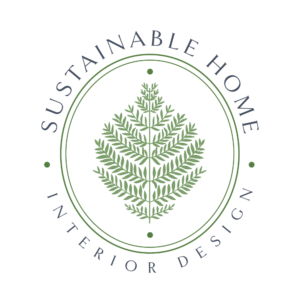
I am very excited that I have just passed my LEED Green Associate exam. But, I realize that this is only exciting news if you know what the heck it means. As in any profession, there are any number of alphabet letters one can put after one’s name. Some mean more than others. If a homeowner is planning to hire someone to work on their home, it is good to know what the letters mean.
I will explain some of the qualifications that a green building professional might have:
The exam I passed is the first qualifying level for green professionals administrated by the USGBC. The USGBC is an agency that has the goal of promoting energy and resource efficient and healthy buildings. To achieve that goal they have created a building program called LEED (Leadership in Energy and Environmental Design.) A building, of almost any type, can be LEED certified, and a building professional can be LEED accredited. Different LEED building evaluation tools are available for different types of buildings: LEED Commercial Interiors, LEED for Homes, LEED Green Building Design and Construction, and a product for the Green Operations and Maintenance of existing buildings. Similarly architects, designers and builders can be credentialed in different areas. My goal is to be a LEED Accredited Professional in the LEED for Homes product. I first had to pass the LEED green associate exam. So if you are hiring, the LEED AP is someone who has shown high level of knowledge of a specific LEED area, and a LEED GA is someone who has the basic knowledge. One cannot take the LEED AP exam in a specific area until you have worked on a LEED project, so I cannot take the Homes exam, yet!
LEED is a very tough rating plan, the training is very specific and challenging, and it does not apply to some building types. There is a cost to track all of the green characteristics of the project, although there is also a marketing premium to having a LEED building. There is another organization in California, that has as a goal developing a more accessible rating and training system: Build it Green. Both of these organizations have qualities in common: they both train architects, designers and builders on green building, they both educate the public on the benefits of green building, and they both have building rating systems. They work closely together to create training and rating systems for all parts of the building industry. The buildings rated by Build it Green are called Green Point Rated, and the buiding professionals that have been through the trainings are either Certified Green Building Professionals (CGBP) or Green Point Raters. I am also a CGBP, and look forward to being an Advanced CGBP at some point. Green point raters have the job of going out and evaluating a building to see if it qualifies under Build it Green’s green building standards.
There also is a training track that has to do with home energy optimization. As more and more companies got into the business of insulating, installing windows, etc., it became clear that a homeowner could waste a lot of money on the wrong enhancements, without realizing any energy or cost savings. The Building Perfomance Institute offers training in testing home energy performance, and evaluating the appropriate building retrofits. If you are hiring a contractor to do an energy audit in your home, insulate, or weatherize your window, you should check that they have BPI qualifications. Here in California there is a local organization that does training and education within the state, the California Building Performance Contractors Association (CBPCA.)
I realize that this seems like an Alphabet soup of possible letters that a person could have on their business card. The bottom line is that if you are hiring someone, especially in the new field of green building, it is helpful to know that their level of commitment to green building matches your goals for your project. At minimum it is nice to know that they have the appropriate qualification listed above. It also is helpful to ask a professional how long they have been working in this field. Some have only started marketing themselves as ‘green’ recently once it became more popular. If you are strongly committed to lightening the environmental footprint of your project, it is good to pick a design professional that shares that level of interest, and had been exploring this field for a long time.
